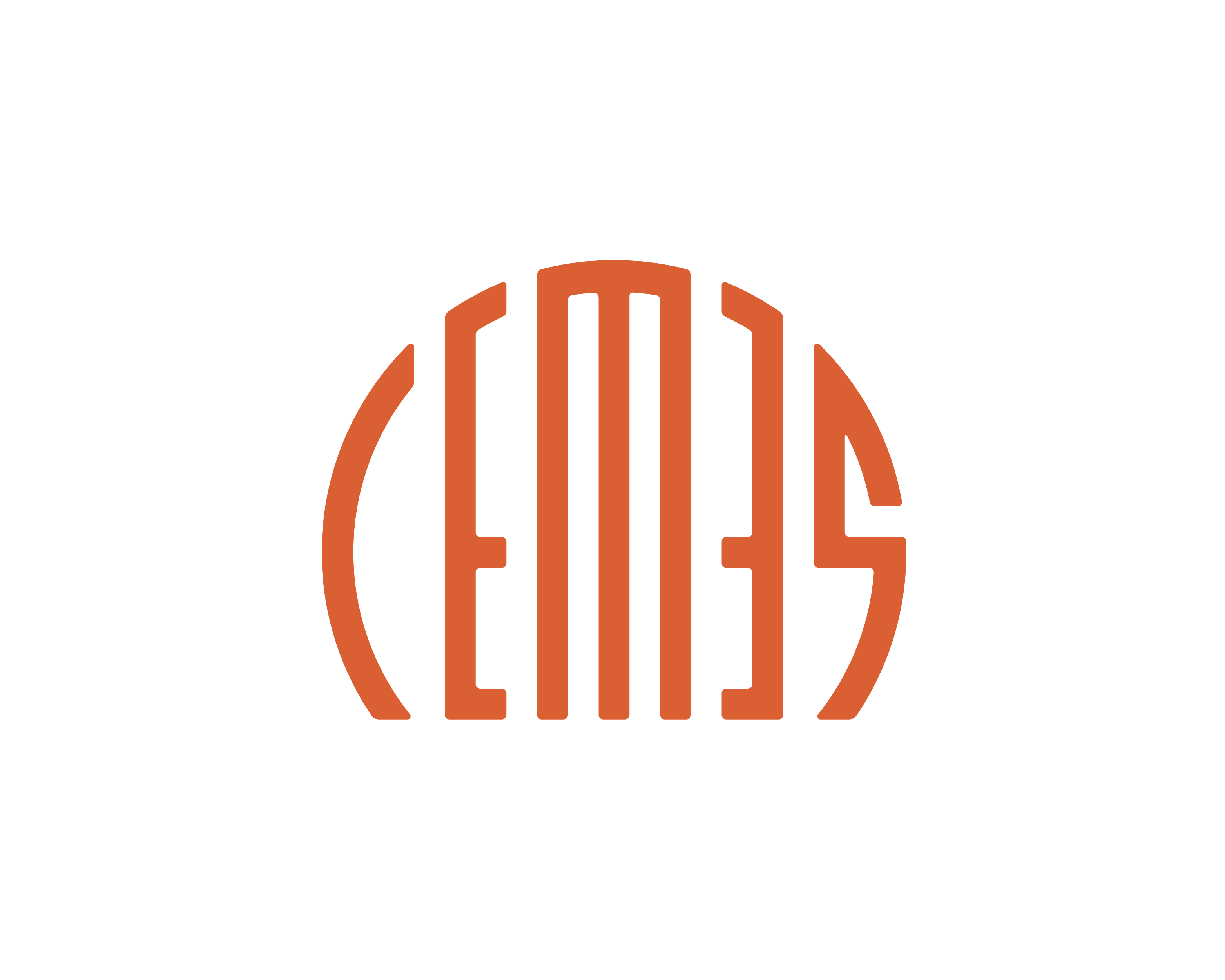Ultrafast electron spectroscopy of nano-optical excitations using tailored laser fields
NANOSCIENCE

Lab: CEMES
Duration: 5 months full-time internship
6 months full-time internship
Latest starting date: 01/03/2022
Localisation: The "Centre d’Élaboration de Matériaux et d’Etudes Structurales" (CEMES/CNRS) is a CNRS laboratory (UPR 8011) associated with Université Paul Sabatier de Toulouse and Institut National des Sciences Appliquées (INSA). Created in 1988, CEMES followed the previous Laboratoire d’Optique Electronique (LOE) created in 1957 by Prof. Gaston Dupouy.
CEMES is a fundamental research laboratory specialized in solid state physics, nanosciences, molecular chemistry and materials science. Its activities cover a broad spectrum from synthesis of (nano)materials and molecular systems to the study and modeling of their structures and physical properties (optical, mechanical, electronic and magnetic) as well as their integration in devices.
Supervisors:
Arnaud Arbouet arbouet@cemes.fr
Hugo Lourenço-Martins hugo.lourenco.martins@gmail.com
This research master's degree project could be followed by a PhD
Work package:
Ultrafast Transmission Electron Microscopes (UTEM) combining sub-picosecond temporal resolution and nanometer spatial resolution have emerged as unique instruments to investigate the properties of materials at ultimate spatio-temporal resolution [1,2], see figure a. In that context, a technique called Photon-Induced Near-field Electron Microscopy (PINEM) has recently become particularly conspicuous due to its ability to efficiently probe nano-optical excitations.
PINEM works on a so-called pump-probe scheme: A first laser pulse (pump) excites the optical near-field around a nanostructure which is then probed by a subsequent electron (probe) pulse (see figure b). During its transit in the optical near-field, the travelling electron can emit or absorb photons, thus leading to a modification of its energy. This inelastic interaction yields a characteristic electron energy spectrum composed by a series of peaks reflecting the discrete nature of the photon exchange, see figure c. The magnitude of these peaks being directly related to the strength of the optical near-field, the analysis of the electron energy spectrum thus allows to map the optical near-field at the nanometer scale.
Whereas sophisticated excitation schemes have already been used in PINEM experiments, the full potential of the technique has not been exploited yet. The main objective of the internship will be to expand the PINEM toolbox by developing new experimental approaches based on complex optical excitation schemes involving spatial, spectral and polarization light shaping. In a first part, the student will participate to the development of a new theoretical framework adapted to the description of PINEM experiments with such complex light fields and assess their added value through extensive numerical studies. In a second part, depending on the workload, the student could be involved in the first experimental realization of this new type of PINEM experiments on the UTEM developed in CEMES.
References:
[1] Ultrafast Transmission Electron Microscopy : fundamentals, instrumentation and applications
Arnaud Arbouet, Giuseppe M. Caruso, Florent Houdellier - AIEP, 207, 2018, 1076-5670, 2018
[2] High brightness ultrafast transmission electron microscope based on a laser-driven cold-field emission source: principle and applications - G.M. Caruso, F Houdellier, S Weber, M Kociak, A Arbouet - Ultramicroscopy, 186, 128-138, 2018
Areas of expertise:
Nano-optics, Ultrafast Transmission Electron Microscopy, strong electron-light interaction
Required skills for the internship:
This internship is a unique opportunity to work on a demanding project at the cross-roads of ultrafast optics, TEM and nano-optics. It will be an exciting challenge for candidates with a solid background in solid state physics and optics. A funding for a PhD starting in October 2022 is already secured (ANR support).
